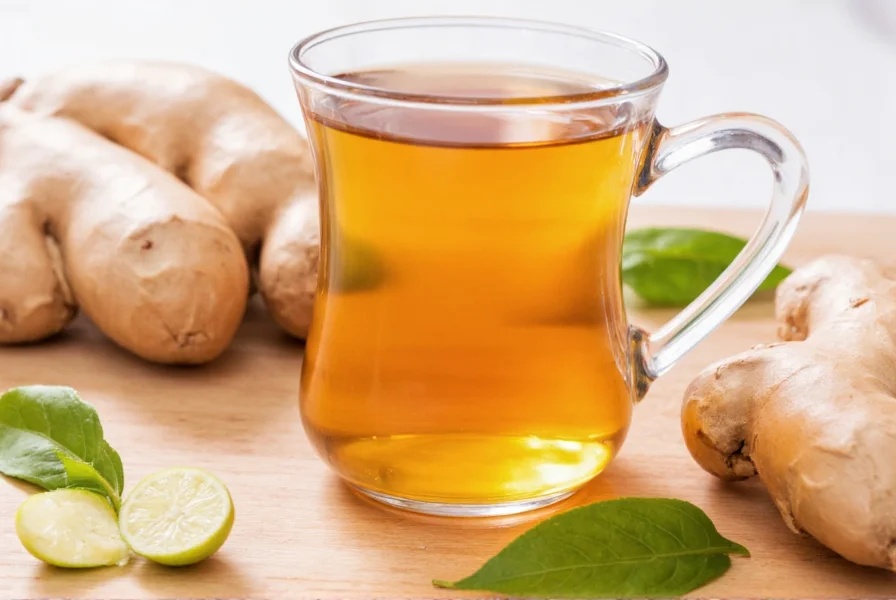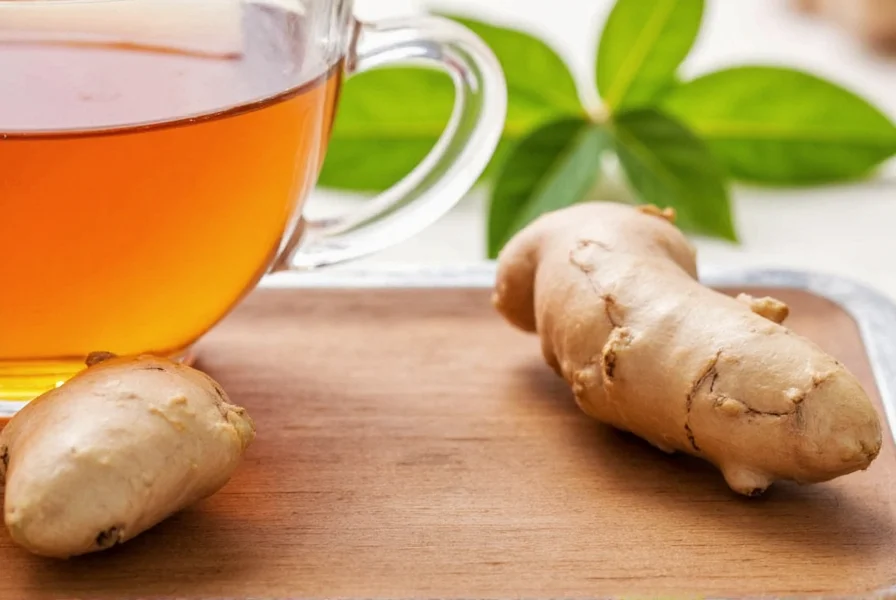Ginger root tea has been used for centuries across Asian and Middle Eastern cultures as both a culinary ingredient and traditional remedy. This aromatic beverage harnesses the bioactive compounds in fresh or dried ginger, particularly gingerols and shogaols, which scientific studies suggest contribute to its physiological effects. Modern research continues to validate many traditional uses while establishing appropriate consumption parameters for different health scenarios.
The Science Behind Ginger Root Tea Benefits
Multiple clinical studies demonstrate ginger root tea's effectiveness for specific health concerns. A 2020 meta-analysis published in Nutrients confirmed that ginger supplementation significantly reduces nausea severity, particularly for pregnancy-related morning sickness and postoperative nausea. The active compounds interact with serotonin receptors in the digestive tract, helping regulate gastrointestinal motility.
For digestive health, ginger root tea stimulates saliva and bile production, which aids in breaking down food. Research in the World Journal of Gastroenterology indicates ginger may accelerate gastric emptying by up to 25%, potentially relieving bloating and indigestion. However, these effects appear dose-dependent, with most studies using 1-1.5 grams of ginger extract daily.
| Health Benefit | Research Support Level | Recommended Daily Amount |
|---|---|---|
| Nausea relief | Strong (multiple RCTs) | 1g fresh ginger or equivalent |
| Digestive support | Moderate (observational studies) | 0.5-1g fresh ginger |
| Inflammation reduction | Preliminary (animal studies) | Insufficient evidence for tea form |
| Immune support | Limited (traditional use only) | No established therapeutic dose |
Preparing Authentic Ginger Root Tea
Creating effective ginger root tea requires proper preparation techniques to maximize bioactive compound extraction. For optimal results when making homemade ginger tea:
- Peel 1-2 inches of fresh ginger root using a spoon to preserve nutrients
- Slice or grate the ginger to increase surface area (slicing preserves more fiber)
- Simmer in 2 cups of water for 10-15 minutes (longer simmering increases potency but may create bitterness)
- Strain and add lemon or raw honey if desired (avoid boiling honey to preserve enzymes)
Dried ginger powder works as an alternative but contains lower concentrations of gingerols. When selecting ginger for tea preparation, choose firm roots with smooth skin and avoid those with wrinkles or soft spots. Properly stored ginger maintains freshness for up to three weeks in the refrigerator.

Safety Considerations and Contraindications
While ginger root tea benefits many people, certain populations should exercise caution. The National Center for Complementary and Integrative Health notes potential interactions with anticoagulant medications like warfarin, as ginger may enhance blood-thinning effects. People with gallstones should consult physicians before regular consumption, as ginger stimulates bile production.
Maximum safe daily intake appears to be 4 grams of ginger according to the European Medicines Agency, though most tea preparations contain significantly less. Common side effects at higher doses include heartburn and mouth irritation. Pregnant women should limit consumption to 1 gram daily after the first trimester, based on American College of Obstetricians and Gynecologists guidelines for nausea management.
Ginger Root Tea vs. Other Ginger Forms
Fresh ginger root tea provides different benefits compared to powdered supplements or crystallized ginger. The tea preparation preserves volatile compounds that may be lost in processing, while offering hydration benefits. Unlike standardized supplements, tea strength varies based on preparation method and ginger quality.
For nausea relief specifically, research suggests fresh ginger preparations like tea may work faster than capsules due to quicker absorption through the digestive tract. However, supplements provide more consistent dosing. When choosing between ginger root tea and other forms, consider your specific health goals and whether precise dosing matters for your situation.

Integrating Ginger Root Tea Into Daily Routine
For digestive support, consume ginger root tea 20-30 minutes before meals. Morning consumption may help with nausea, while evening tea could support relaxation. Start with weaker concentrations (5-10 minute simmer) if new to ginger, gradually increasing strength as your system adjusts.
Combine ginger tea with complementary ingredients based on your needs: lemon for vitamin C enhancement, turmeric for additional anti-inflammatory effects, or mint for soothing digestive properties. Remember that consistent moderate consumption generally yields better results than occasional high-dose intake.
Frequently Asked Questions
How much ginger root tea can I safely drink daily?
Most adults can safely consume 2-3 cups of ginger root tea daily, using 1 inch of fresh ginger per cup. This provides approximately 1-1.5 grams of ginger, well below the 4-gram daily limit established by health authorities. Higher consumption may cause digestive discomfort in sensitive individuals.
Can ginger root tea help with menstrual cramps?
Several studies, including research published in the Journal of Alternative and Complementary Medicine, indicate ginger root tea may reduce menstrual pain intensity comparable to ibuprofen in some women. Consuming 1-2 cups daily starting 2-3 days before expected menstruation shows the most benefit according to clinical evidence.
Does ginger root tea lose effectiveness when reheated?
Reheating ginger root tea once generally preserves most active compounds, but repeated heating degrades gingerols into less potent compounds. For maximum benefit, prepare fresh tea daily rather than reheating multiple times. Store unused tea in the refrigerator for up to 24 hours before discarding.
Is ginger root tea safe during pregnancy?
Ginger root tea is generally considered safe during pregnancy for nausea relief after the first trimester, with most studies using 1 gram of ginger daily (about one 1-inch slice in 2 cups water). However, pregnant women should consult their healthcare provider before regular consumption, especially those with a history of miscarriage or bleeding disorders.
How long does it take for ginger root tea to help with digestion?
Most people experience ginger root tea's digestive effects within 15-30 minutes of consumption. The compounds begin interacting with digestive tract receptors quickly, though regular consumption over several days may be needed for persistent digestive issues. For best results, drink ginger tea before or with meals rather than after.











 浙公网安备
33010002000092号
浙公网安备
33010002000092号 浙B2-20120091-4
浙B2-20120091-4